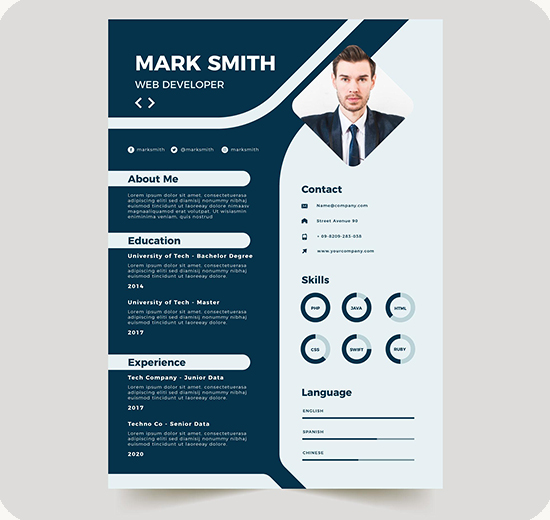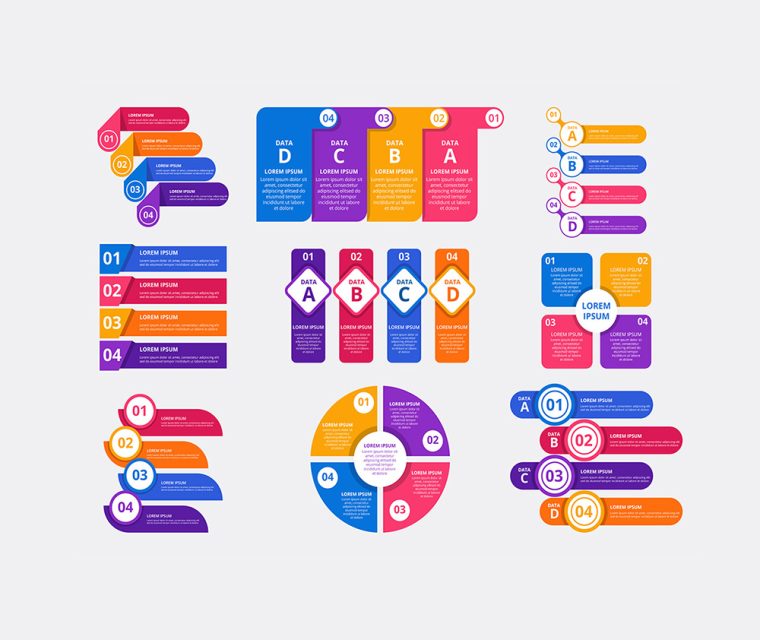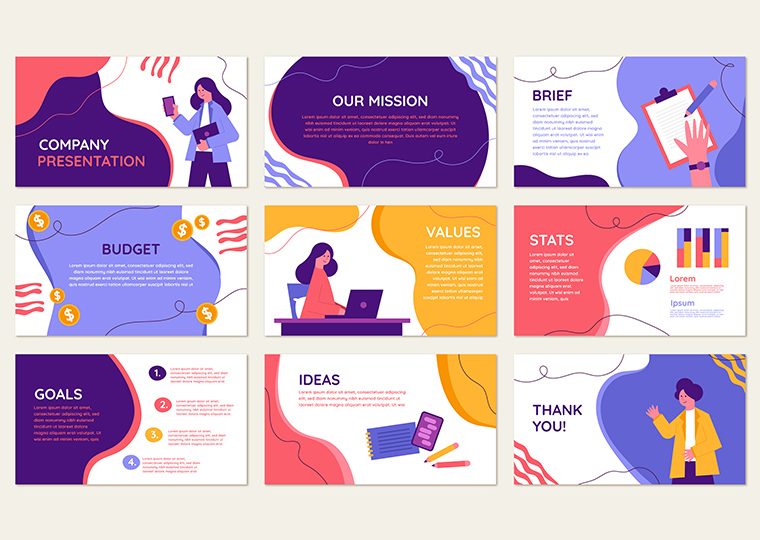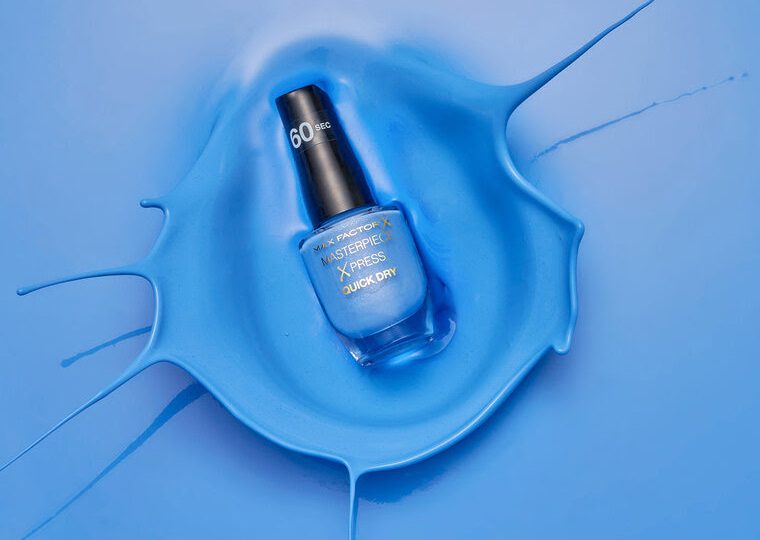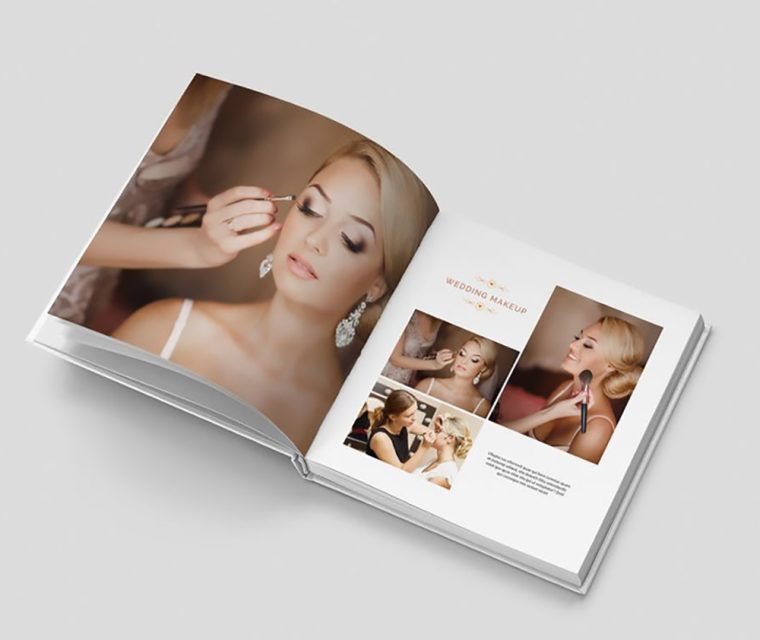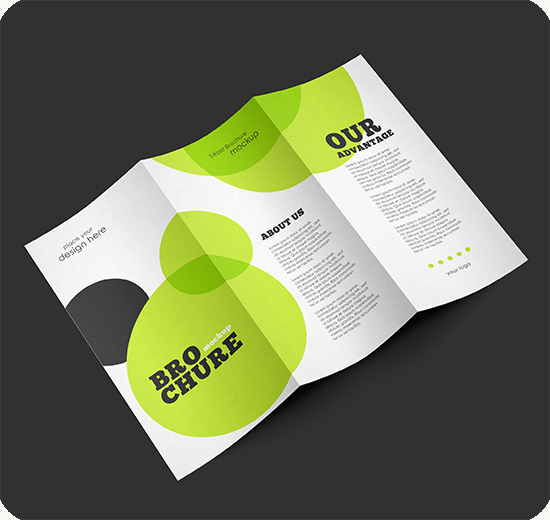
print design
Brochure Design
Designing advertisements for brochures requires paying attention to several critical elements to ensure they are effective and generate the best feedback. Here are the key points to consider:
- Target Audience
- Identify Your Audience: Determine who the brochure is for and tailor the design and language to that demographic.
- Relevance: Ensure the content addresses the needs, interests, and pain points of your target audience.
- Clear Objectives
- Purpose: Define what you aim to achieve with the brochure—brand awareness, product launch, event promotion, etc.
- Call to Action (CTA): Include a strong, clear CTA that prompts the audience to take the desired action.
- Compelling Headlines
- Attention-Grabbing: Use catchy, concise headlines that draw readers in.
- Benefit-Oriented: Highlight the benefits your audience will gain from your products or services.
- High-Quality Images
- Professional Photography: Utilize high-resolution images that are relevant to the content.
- Consistency: Ensure the style of images aligns with your brand’s identity.
- Concise and Clear Content
- Brevity: Keep the text short and to the point. Long paragraphs can be overwhelming.
- Readability: Use bullet points, subheadings, and white space to make the content more digestible.
- Visual Hierarchy
- Layout: Structure the content in a way that guides the reader’s eye naturally from one section to the next.
- Emphasis: Use font size, color, and placement to highlight key information.
- Brand Consistency
- Colors and Fonts: Stick to your brand’s color palette and typography.
- Logo: Ensure your logo is prominently displayed but not overpowering.
- Quality of Print
- Paper Stock: Choose high-quality paper that complements your design.
- Printing Technique: Use printing methods that enhance your brochure’s visual appeal (e.g., matte, glossy, embossing).
- Contact Information
- Accessibility: Make it easy for readers to find your contact details. Include multiple ways to get in touch (phone number, email, website, social media).
- Proofreading
- Accuracy: Check for grammatical errors, typos, and factual inaccuracies.
- Consistency: Verify that all details are consistent throughout the brochure.
- Feedback and Testing
- Prototype: Create a draft version and test it with a focus group from your target audience.
- Adjustments: Gather feedback and make necessary adjustments before final printing.
Visual Examples and Inspiration
- Competitor Analysis: Look at what competitors are doing well and how you can differentiate your brochure.
- Creative Inspiration: Browse design platforms like Behance, Dribbble, or Pinterest for ideas and inspiration.
By focusing on these elements, your brochure can effectively convey the intended message and attract your target audience, leading to better engagement and feedback.


